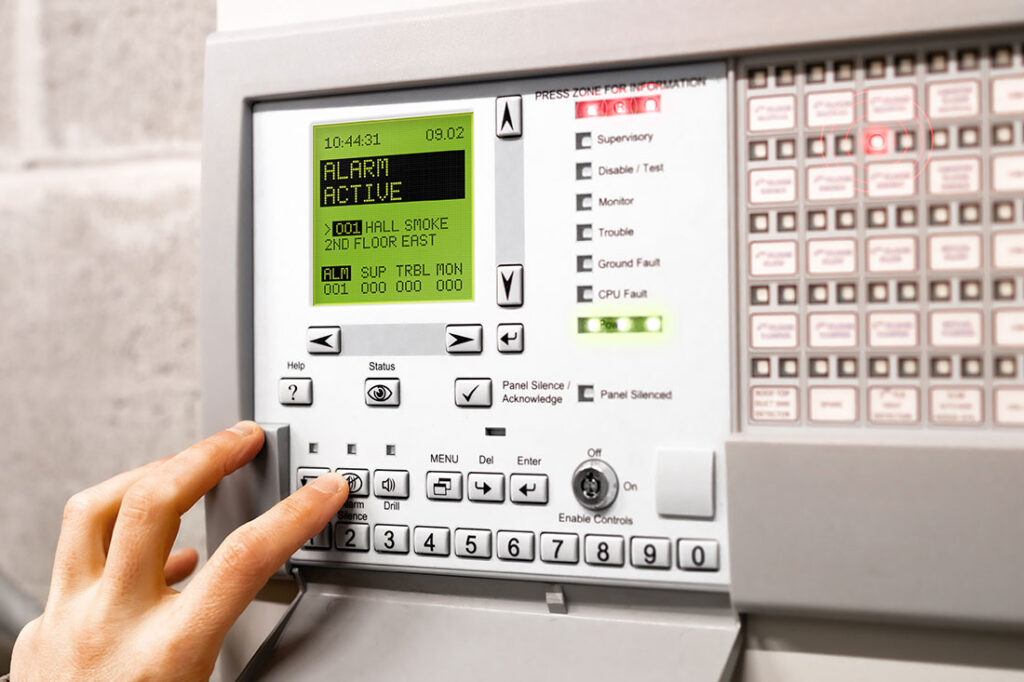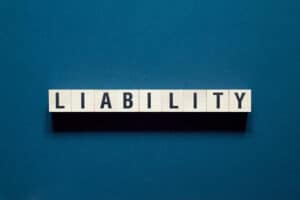Fire alarm installations don’t always go according to plan – or code. This is especially common when business or property owners purchase a building with an incorrectly installed alarm system, without realizing it. It can also happen when owners make alarm installation decisions themselves and no one stops them when it comes to a mistake.
When installers address these issues, they not only help make buildings safer, but also avoid liability issues if a fire does spread because of poor installations. Let’s take a closer look at some of these common mistakes, and when installers should make sure that owners know about these potentially dangerous problems.
No Interconnected Alarms
Particularly commercial alarm systems should be interconnected from the state. When one sensor is triggered, all alarms should sound throughout the building. That ensures everyone inside understands the danger and can take precautions – following fire exit routes, etc. That’s particularly important for larger buildings like schools and hospitals, but it’s also important for all kinds of commercial structures, including warehouses, front/back retail store sections, and more.
Lazy installation may lead to alarms that don’t interconnect. Even sometimes a new addition is made to one of these structures, and the alarms aren’t linked up with the older part of the building. Simple tests can quickly show problems in this area.
Not Updating Systems to Fix Obsolete Technology
We saw an excellent example of this with the major telecom announcement that 3G would be permanently phased out. Business owners quickly started warning each other that alarm systems relying on 3G for communication to phones or emergency contacts would no longer work. Of course, most owners had to contact a professional to see if their system was on 3G, and if it needed to be replaced. Bottom line: Businesses aren’t always aware of how technology is changing over time and how that may affect their alarms.
Placing Sensors Near Kitchens or Other Problematic Areas
This is a common mistake for restaurants, especially buildings that have been converted to restaurants or cafes without paying enough attention to the building codes. Sensors that are too near kitchens can be accidentally triggered by smoke or even steam passing from the kitchen into other areas of the building. In these cases, they should be relocated to other key points in the building with a lower chance of accidentally triggering.
Placing Sensors Too High
This can be a particular problem in structures with higher ceilings, like warehouses. Smoke detectors or similar fire sensors are placed far too high on the walls or ceilings, sometimes 30 feet high or more. The problem with this is obvious: Smoke alarms aren’t designed to detect the proper amount of smoke or other signs in a timely manner from that height. By the time they sound, fires may have already spread too far for containment or safety protocols.
This can happen in part because national building codes allow higher spacing for certain types of heat detectors. This code does not apply to smoke detectors, which should always be placed lower based on an evaluation of safety vs. the likelihood of false alarms.
No Alarm Testing Plan
Fire alarms may not be activated for years after installation. How do business owners know they still work? That’s why businesses should also schedule alarm testing events to test out the system and make sure there are no failures. The U.S. Fire Administration recommends that smoke detectors and alarms be tested as often as once a month for proper safety. This is much easier if alarms have an automatic testing mode they can enter to make sure the batteries are still active, wiring is functioning, and so on.
Ignoring Outdoor Requirements Like Lightning Protection
Owners may not be aware of the specific kinds of fire alarms they need, or how robust they need to be. One example you may find is that alarms don’t have necessary lightning protection, or the underground cables required for outdoor alarm systems (common in lumber yards, etc.). Sometimes businesses skip these protections because outdoor-rated alarms are more expensive, but that puts them at risk of liability problems or fines.
Disabling the Alarm Because of False Alarms
This problem can apply to many of the issues we mentioned above, including putting alarms by kitchens, or not finding problems with faulty wiring, etc. If an alarm sounds false alarms too many times, many businesses will simply disable the alarm to avoid fines and annoyances. However, these alarms are often left forgotten, and it’s not uncommon for inspections to find a manually disabled fire alarm that needs to be fixed.
Conclusion
Business owners and other professionals may not always be aware of the mistakes they have made with fire alarms, or how they may violate specific building codes. That’s one reason it’s a good idea to offer free quotes or inspections as part of your initial packages. Once potential clients understand your expertise in this area, they are more likely to turn to your business for solutions. As always, it’s also a good idea to keep up on changing codes or regulations going into effect that will change alarm requirements.






